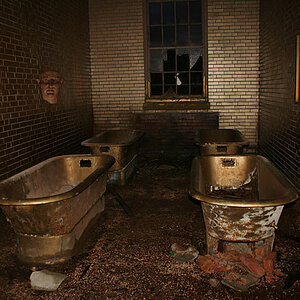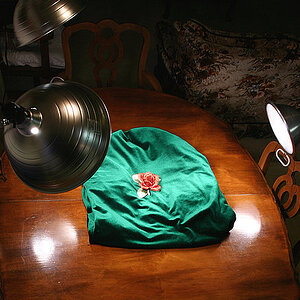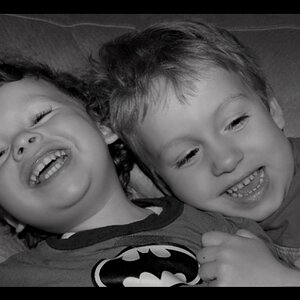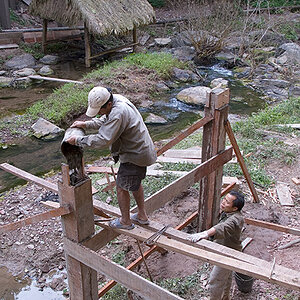Tony S
Been spending a lot of time on here!
- Joined
- May 23, 2011
- Messages
- 2,094
- Reaction score
- 598
- Location
- Eatonville, Washington
- Can others edit my Photos
- Photos OK to edit
Had the Elan IIe and found that I could manually compose my images with a fixed focus point much more accurately than the tracking feature, so I disabled it and would never want to see it again.


![[No title]](/data/xfmg/thumbnail/37/37094-a3c300cd42f78d01d01fe80c1233002e.jpg?1619737881)
![[No title]](/data/xfmg/thumbnail/30/30993-7c6dca4375064e92f2ea6cbfabf9b59e.jpg?1619734556)




![[No title]](/data/xfmg/thumbnail/42/42230-fa8ace50a80342c7d91db1431f911bab.jpg?1619740048)
![[No title]](/data/xfmg/thumbnail/30/30994-49c5521f7b5b417f49dcd43891cbec27.jpg?1619734557)

![[No title]](/data/xfmg/thumbnail/30/30992-773558233723ab0d28c307a97a1a2427.jpg?1619734556)
![[No title]](/data/xfmg/thumbnail/39/39448-28e9a5e96080f7edcaf8e4226d8a0a6c.jpg?1619739036)
